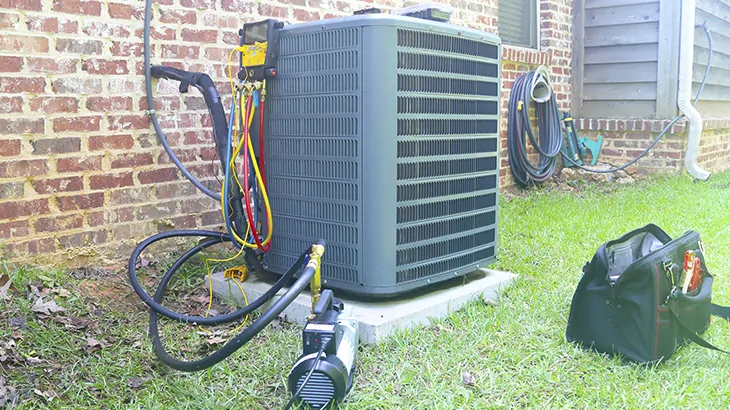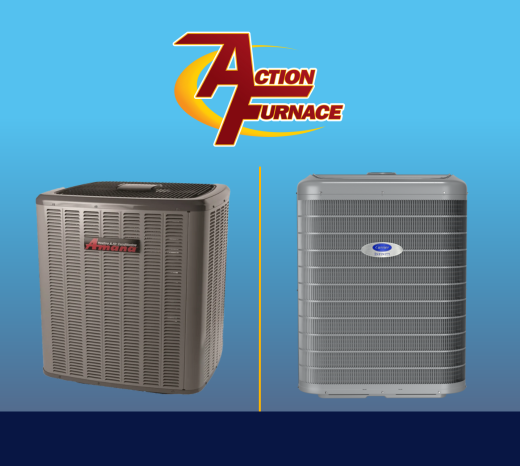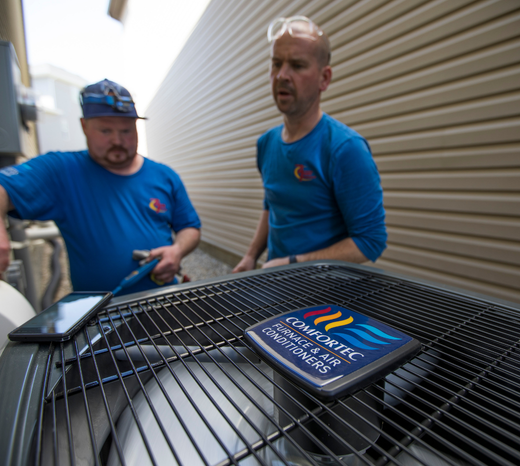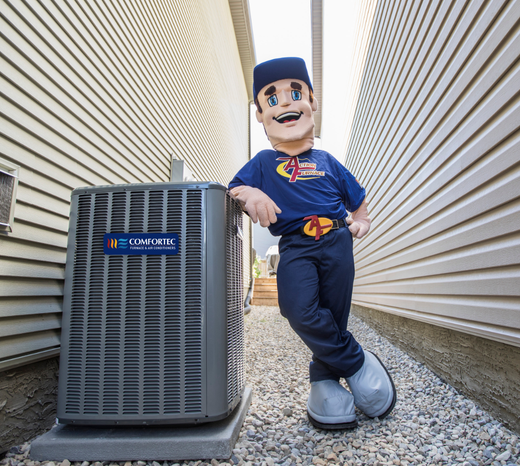Air Conditioners, Education Centre
Are you wondering what your home comfort specialist is saying when they talk about your A/C? Here’s all the terms used in the A/C industry.
...

- Air Changes per Hour – The hourly ventilation rate divided by the volume of a space. This is used for determining the rate at which air enters and leaves a given space. This is also referred to as air change rate or air exchange rate. Acronyms: ACH or ac/hr
- Air Handling Unit – The central unit of the HVAC system, consisting of the blower, heating/cooling element, filter racks, humidifier, and dampers. The term generally encompasses everything included that comes into direct contact with the airflow, excluding ductwork. Acronyms: AH or AHU
- Coil – This is the device that is responsible for heat transfer to air. It is generally placed in the air handling unit or ductwork and can be heated and cooled to affect the temperature of the air around it.
- Condenser – This component of the air conditioner removes heat from the system. The condenser acts as a way to transfer built up heat from the running mechanism to a heat sink. This is the hot side of the air conditioner.
- Duct – Specialized pathways to distribute airflow around an area.
- Evaporator – This component of the air conditioner adds heat to the system. It absorbs heat from the air or from a liquid transfer method. This is the cold side of the air conditioner.
- Fluid Regulating Valve – The component of the system responsible for regulating the flow of liquid through the coil in an air conditioner
- Glycol – A liquid found in many air conditioners used as the heat removal medium. It is used because it of its low freezing point and resistance to icing.
- Super Heat – Super heat refers the temperature of a liquid being above its regular saturation point.
- Sub Cooling – The condition where the liquid refrigerant has reached a lower temperature than its normal saturation level.



